Home>Technology>Home Entertainment Systems>How Many Lumens For A Good Projector


Home Entertainment Systems
How Many Lumens For A Good Projector
Modified: January 9, 2024
Looking for the perfect home entertainment system? Discover how many lumens you need for a good projector and create an immersive viewing experience. Find out more!
(Many of the links in this article redirect to a specific reviewed product. Your purchase of these products through affiliate links helps to generate commission for Storables.com, at no extra cost. Learn more)
Introduction
Welcome to the world of home entertainment systems, where the magic of cinema comes alive in the comfort of your living room. As you embark on the journey of creating your personal home theater, one of the most crucial elements to consider is the projector. A key factor in determining the performance of a projector is its lumen output. Understanding lumens and their significance in the realm of projectors is essential for making an informed decision and ensuring an immersive viewing experience.
In this article, we will delve into the realm of lumens and projectors, unraveling the intricacies of lumen output and its impact on the visual quality of projected images. Whether you are a cinephile seeking to replicate the cinematic experience at home, a gaming enthusiast looking for larger-than-life visuals, or a presenter aiming to captivate your audience with impactful visuals, grasping the concept of lumens is pivotal.
Join us as we navigate through the realm of lumens and projectors, exploring the factors to consider when choosing the ideal lumen output for your specific needs, and gaining insights into the recommended lumens for different settings. By the end of this journey, you will be equipped with the knowledge to make an informed decision when selecting a projector based on its lumen output, ensuring that your home entertainment experience is nothing short of spectacular.
Key Takeaways:
- The brightness of a projector, measured in lumens, is crucial for creating a captivating viewing experience. Consider ambient light, screen size, and content type when choosing the right lumen output for your home theater or gaming setup.
- Different settings, like home theaters, gaming environments, and professional presentations, require specific lumen ranges for optimal visual impact. Matching the projector’s lumen output to the setting enhances the overall viewing experience.
Understanding Lumens and Projectors
Before delving into the intricacies of lumens, it’s essential to grasp the fundamental relationship between lumens and projectors. In the realm of projection technology, lumens serve as a measure of the overall brightness produced by a projector. Essentially, the lumen rating indicates how much light the projector can emit, thereby influencing the clarity and vibrancy of the projected images.
When a projector is used in a home theater or any setting with controlled lighting, the lumen output plays a pivotal role in determining the visual impact of the projected content. Higher lumen projectors are capable of producing brighter images, making them suitable for environments with ambient light or larger projection surfaces.
Conversely, in a dedicated home theater with minimal ambient light, a lower lumen projector can deliver exceptional image quality, provided that the room is properly darkened. Understanding the interplay between lumen output and ambient light conditions is crucial in selecting the right projector for your specific viewing environment.
It’s important to note that while higher lumen projectors offer increased brightness, the quality of the projected image is not solely determined by lumen output. Other factors such as contrast ratio, resolution, and color accuracy also contribute to the overall visual experience. Therefore, achieving an optimal balance between lumen output and other technical specifications is essential in ensuring a captivating and immersive viewing experience.
As we navigate through the realm of lumens and projectors, it’s imperative to consider the diverse applications of projection technology. From creating a cinematic ambiance for movie nights to enhancing gaming experiences and facilitating impactful presentations, projectors equipped with varying lumen outputs cater to a wide array of needs and preferences.
Now that we’ve laid the groundwork for understanding the significance of lumens in the context of projectors, let’s explore the key factors to consider when choosing the ideal lumen output for your specific requirements.
Factors to Consider When Choosing Lumens for a Projector
When evaluating the lumen output for a projector, several factors come into play, each influencing the suitability of the projector for a particular setting or application. Understanding these factors is essential in making an informed decision and ensuring that the chosen projector aligns with your specific requirements. Let’s explore the key considerations when selecting the ideal lumen output for a projector:
- Ambient Light Conditions: The ambient light in the intended projection environment is a critical factor in determining the required lumen output. In spaces with abundant natural or artificial light, a higher lumen projector is essential to counteract the ambient light and maintain image clarity. Conversely, in a dimly lit or darkened room, a lower lumen projector can suffice, delivering impressive image quality without overpowering ambient light.
- Projection Surface Size: The size of the projection surface directly impacts the lumen requirements. Larger screens or projection surfaces necessitate higher lumen projectors to ensure uniform brightness and clarity across the entire viewing area. Smaller screens or surfaces may be adequately served by lower lumen projectors without compromising image quality.
- Content Type: The type of content being projected also influences the lumen considerations. For vibrant, high-action video content or visually rich gaming experiences, higher lumen projectors are preferred to enhance color saturation and maintain visual impact. Conversely, presentations or static images may be well-suited to lower lumen projectors without sacrificing quality.
- Room Darkening Capability: The ability to control ambient light within the projection space is a crucial factor. If the room can be effectively darkened, the lumen requirements may be more flexible, allowing for the use of lower lumen projectors to achieve exceptional image quality. However, in spaces with limited light control, higher lumen projectors become imperative to preserve image clarity and vibrancy.
- Viewing Distance: The distance between the audience or viewers and the projection surface influences the perceived brightness of the projected image. Consider the optimal viewing distance for your setup, as it can impact the lumen requirements. Longer viewing distances may necessitate higher lumen projectors to ensure that the projected content remains visually engaging and impactful.
By taking these factors into account, you can effectively gauge the lumen requirements for your specific projection needs, whether it’s for creating an immersive home theater experience, elevating gaming visuals, or delivering compelling presentations. With a clear understanding of these considerations, you are better equipped to select a projector with the ideal lumen output for your unique requirements.
When choosing a projector, consider the environment it will be used in. For a dark room, 1500-2000 lumens is sufficient. For a bright room, aim for 3000 lumens or more for a clear image.
Recommended Lumens for Different Settings
Understanding the recommended lumen ranges for various settings and applications is instrumental in choosing the right projector to meet your specific needs. Whether you’re setting up a home theater, a gaming den, or a professional presentation space, aligning the lumen output with the demands of the environment is crucial. Let’s explore the recommended lumen ranges for different settings:
- Home Theater: For dedicated home theater spaces with controlled ambient light, a lumen range of 1500 to 2500 is often recommended. This range allows for vibrant and immersive visuals, especially when paired with high-quality projection screens and optimized seating arrangements. The lower lumen range is suitable for smaller screens and darker rooms, while the higher end caters to larger screens and moderate ambient light conditions.
- Living Room or Multi-Purpose Entertainment Area: In settings where ambient light cannot be entirely controlled, such as living rooms or multi-purpose entertainment areas, higher lumen projectors in the range of 2500 to 3500 or more are advisable. These projectors are designed to combat ambient light, ensuring that the projected content remains vivid and impactful even in moderately lit spaces.
- Gaming Environments: Gaming enthusiasts often seek visually immersive experiences with rich colors and dynamic visuals. For gaming environments, projectors with lumen outputs ranging from 2000 to 3000 or higher are recommended to enhance the gaming experience. The higher lumen range contributes to vibrant color reproduction and visual clarity, complementing the fast-paced and visually engaging nature of gaming content.
- Professional Presentations: In professional settings where presentations are a primary focus, the recommended lumen range varies based on the size of the presentation space and ambient light conditions. For smaller meeting rooms or spaces with controlled lighting, projectors with lumen outputs of 2000 to 3000 are suitable. Larger conference rooms or spaces with moderate ambient light may benefit from projectors in the range of 3000 to 4500 lumens for impactful presentations.
- Outdoor and Large Venue Settings: For outdoor projections or large venue settings, higher lumen projectors are essential to combat the challenges posed by ambient light and expansive viewing areas. Lumen outputs ranging from 5000 to 10000 or more are often recommended for outdoor movie screenings, large events, and auditorium-style settings, ensuring that the projected content maintains its visual impact even in challenging lighting conditions.
By aligning the lumen output of a projector with the specific requirements of the intended setting, you can optimize the visual experience, whether it’s for cinematic indulgence, gaming excitement, professional presentations, or large-scale events. Understanding the recommended lumen ranges empowers you to make informed decisions when selecting a projector that best suits your unique viewing environment and application.
Conclusion
As we conclude our exploration of lumens and their significance in the realm of projectors, it’s evident that the lumen output plays a pivotal role in shaping the visual experience across diverse settings and applications. Whether you’re crafting a captivating home theater, creating an immersive gaming environment, or delivering impactful presentations, understanding the nuances of lumen requirements is essential in selecting the ideal projector for your specific needs.
By comprehending the factors that influence lumen considerations, such as ambient light conditions, projection surface size, content type, room darkening capability, and viewing distance, you gain valuable insights into tailoring the lumen output to suit your unique environment and usage scenarios. This nuanced approach ensures that the projected content maintains its vibrancy, clarity, and impact, thereby elevating your viewing or presentation experience to new heights.
Moreover, the recommended lumen ranges for different settings provide a valuable roadmap for aligning the lumen output of a projector with the demands of the environment. Whether you’re seeking to create a cinematic oasis in your home, immerse yourself in visually stunning gaming experiences, or deliver compelling presentations with confidence, the recommended lumen ranges serve as a guiding light in the selection process.
As technology continues to advance, projectors equipped with innovative features and enhanced lumen outputs pave the way for unparalleled visual experiences, blurring the lines between traditional projection and immersive, lifelike visuals. The synergy between lumen output, image quality, and advanced projection technologies opens doors to a myriad of possibilities, allowing you to tailor the visual ambiance to your preferences and requirements.
Ultimately, the journey of selecting a projector based on its lumen output is a personalized endeavor, shaped by the unique characteristics of your viewing environment, the nature of the content you wish to project, and the immersive experiences you aspire to create. Armed with a deeper understanding of lumens and their impact, you are poised to embark on this journey with confidence, knowing that your chosen projector will illuminate your world with breathtaking visuals and captivating imagery.
As you venture forth into the realm of home entertainment systems and projection technology, may your chosen projector, with its carefully calibrated lumen output, bring your favorite movies to life, transport you to captivating virtual worlds, and illuminate your presentations with brilliance and clarity.
Frequently Asked Questions about How Many Lumens For A Good Projector
Was this page helpful?
At Storables.com, we guarantee accurate and reliable information. Our content, validated by Expert Board Contributors, is crafted following stringent Editorial Policies. We're committed to providing you with well-researched, expert-backed insights for all your informational needs.

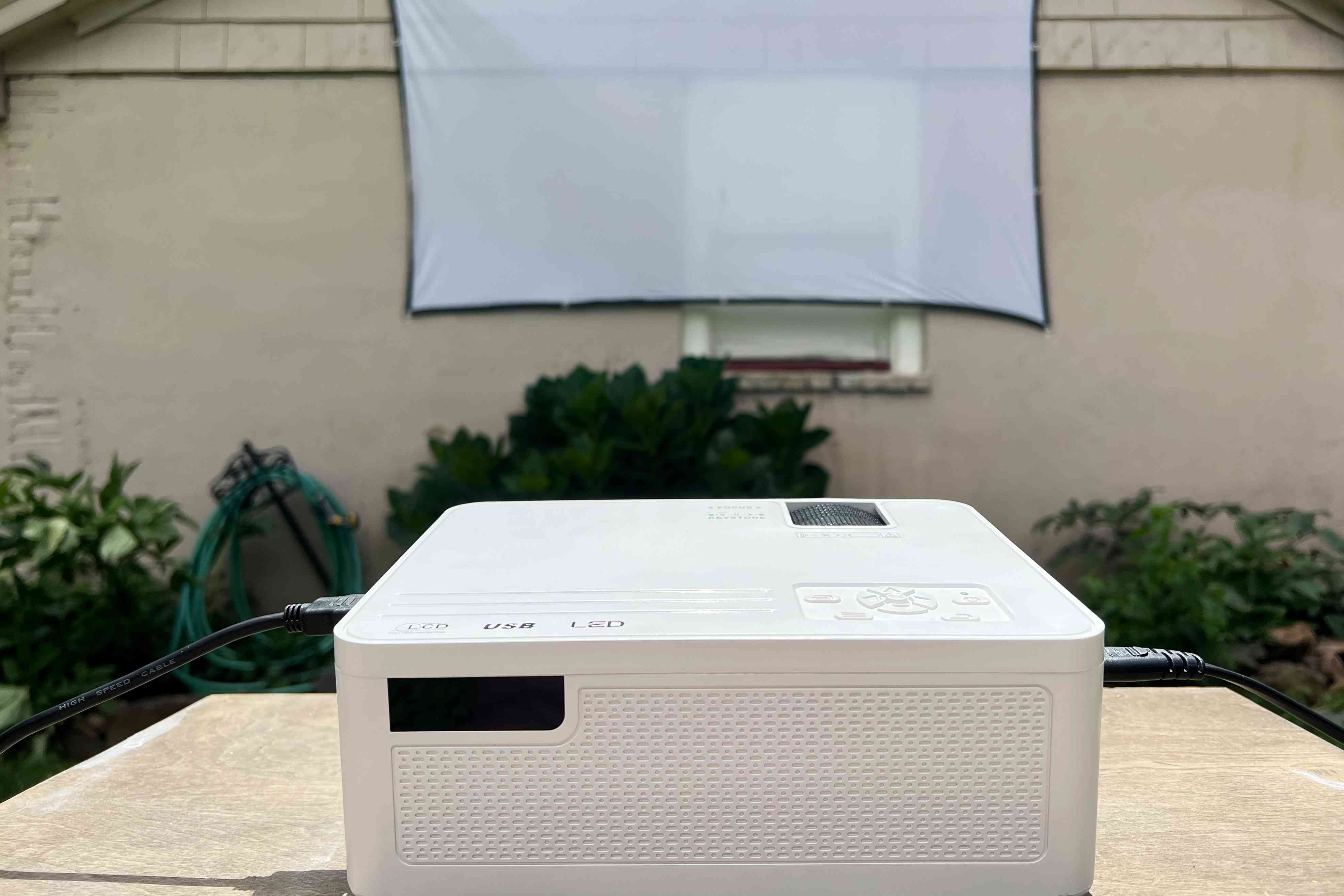
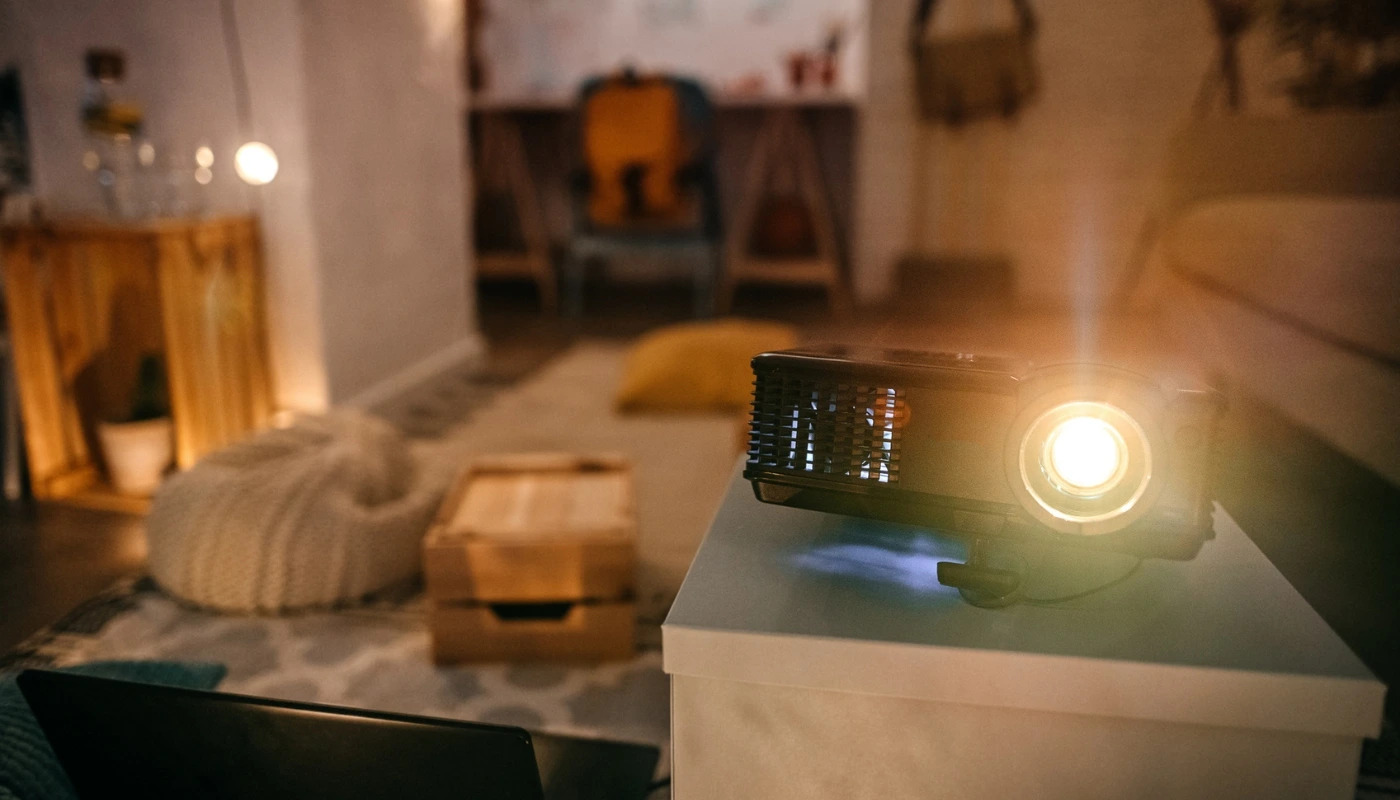
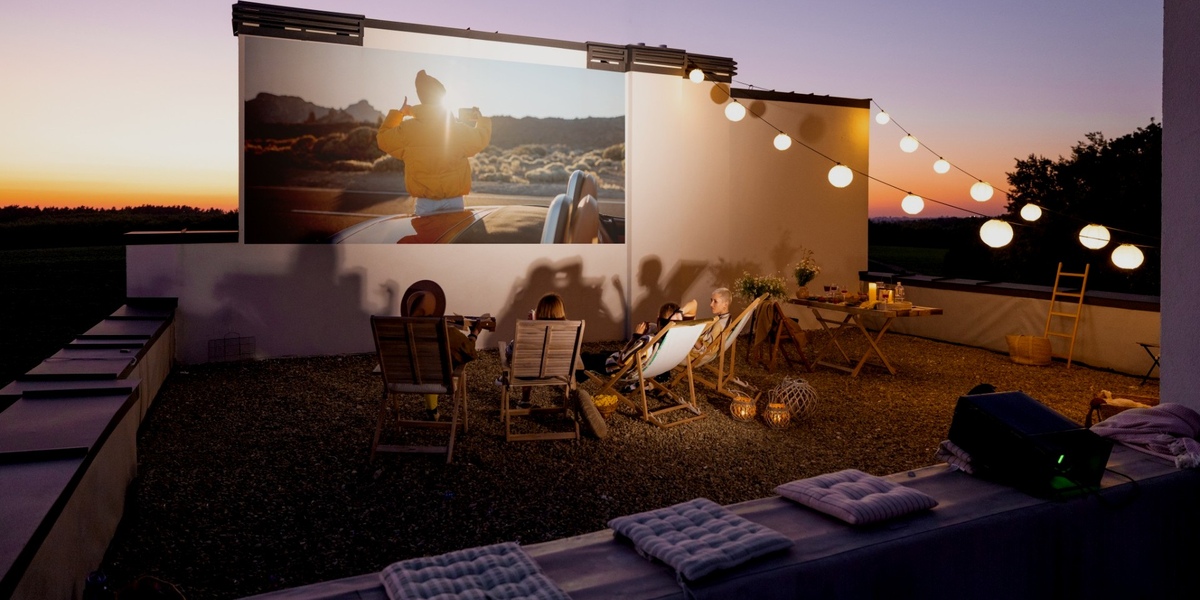
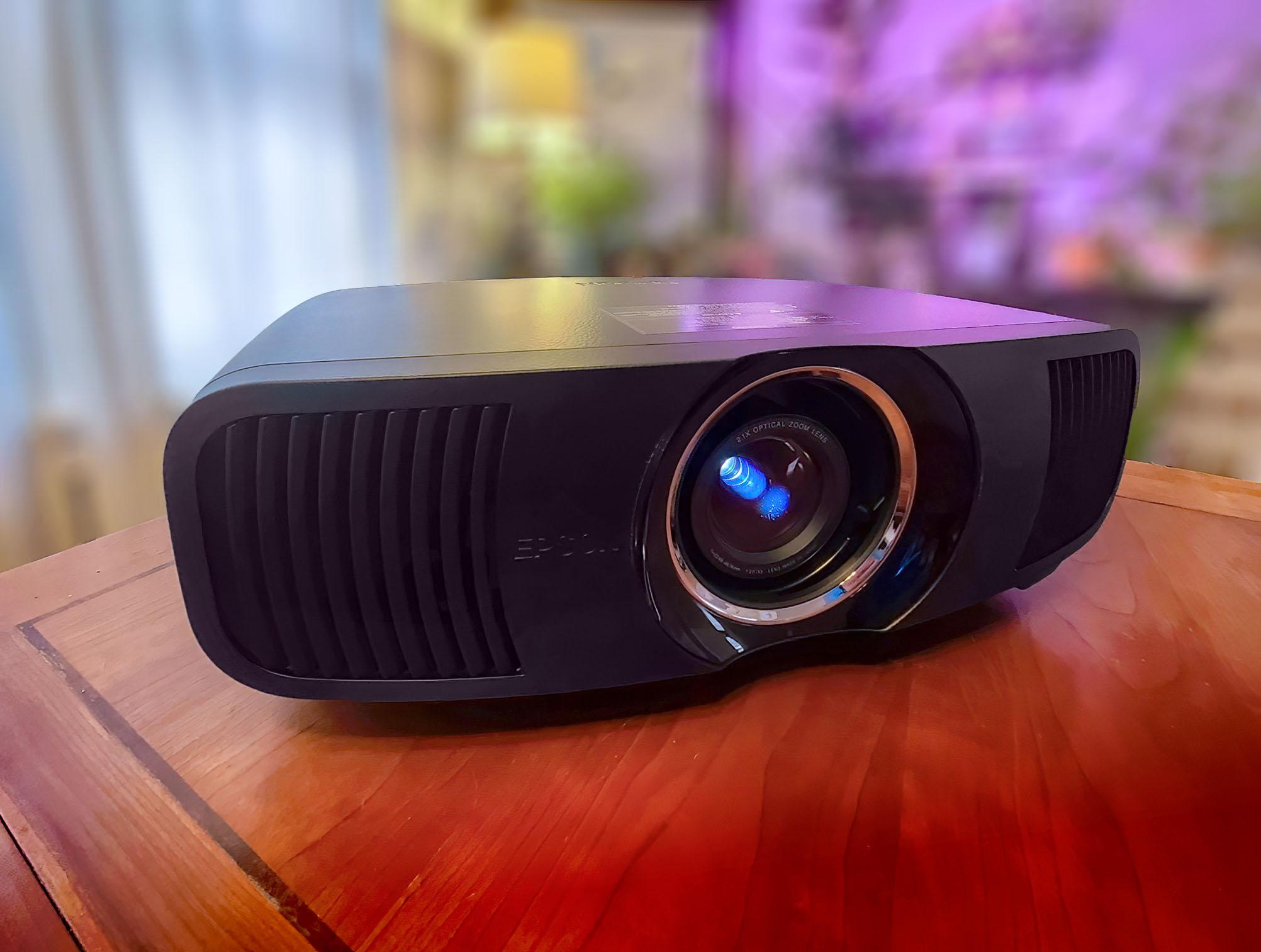
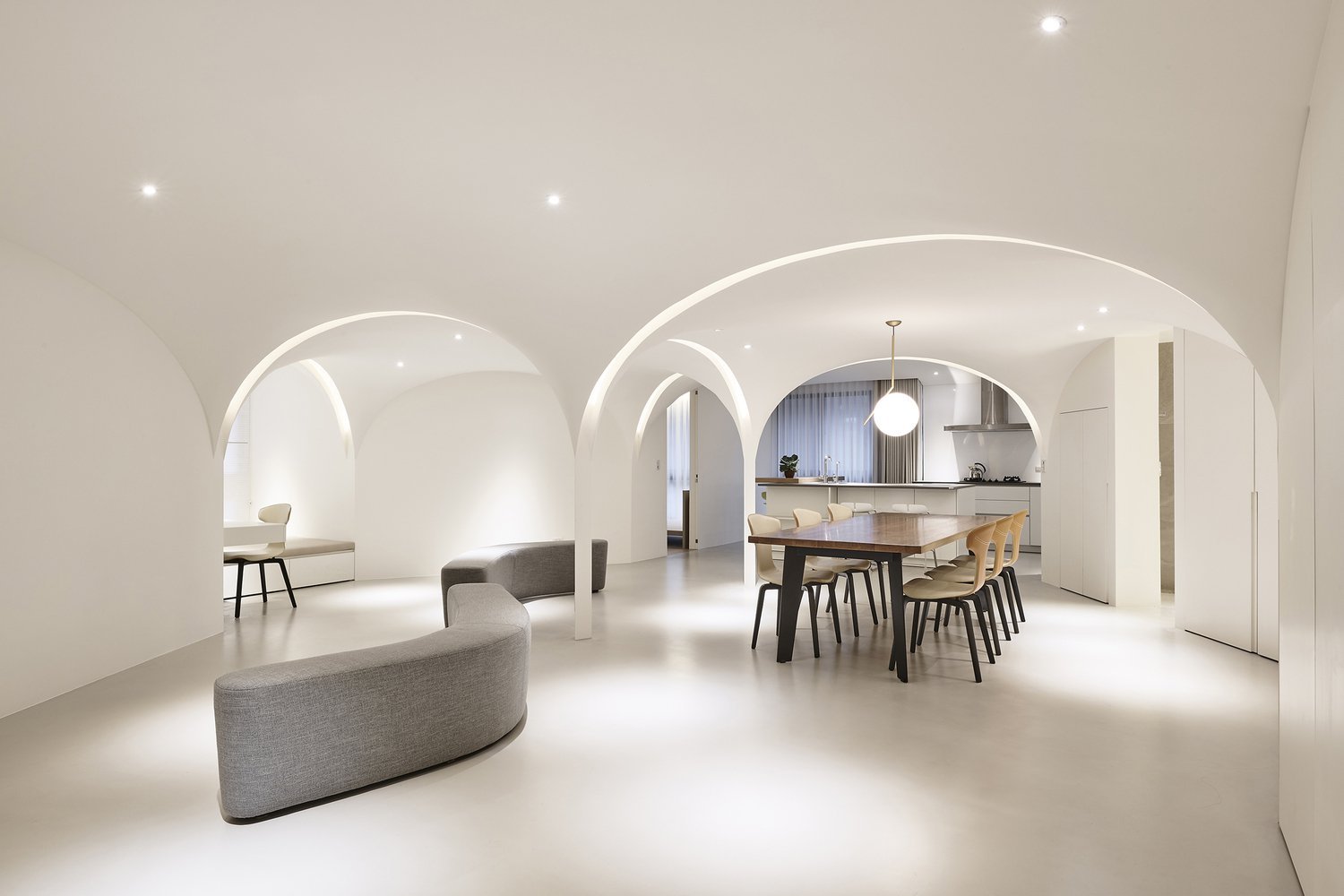
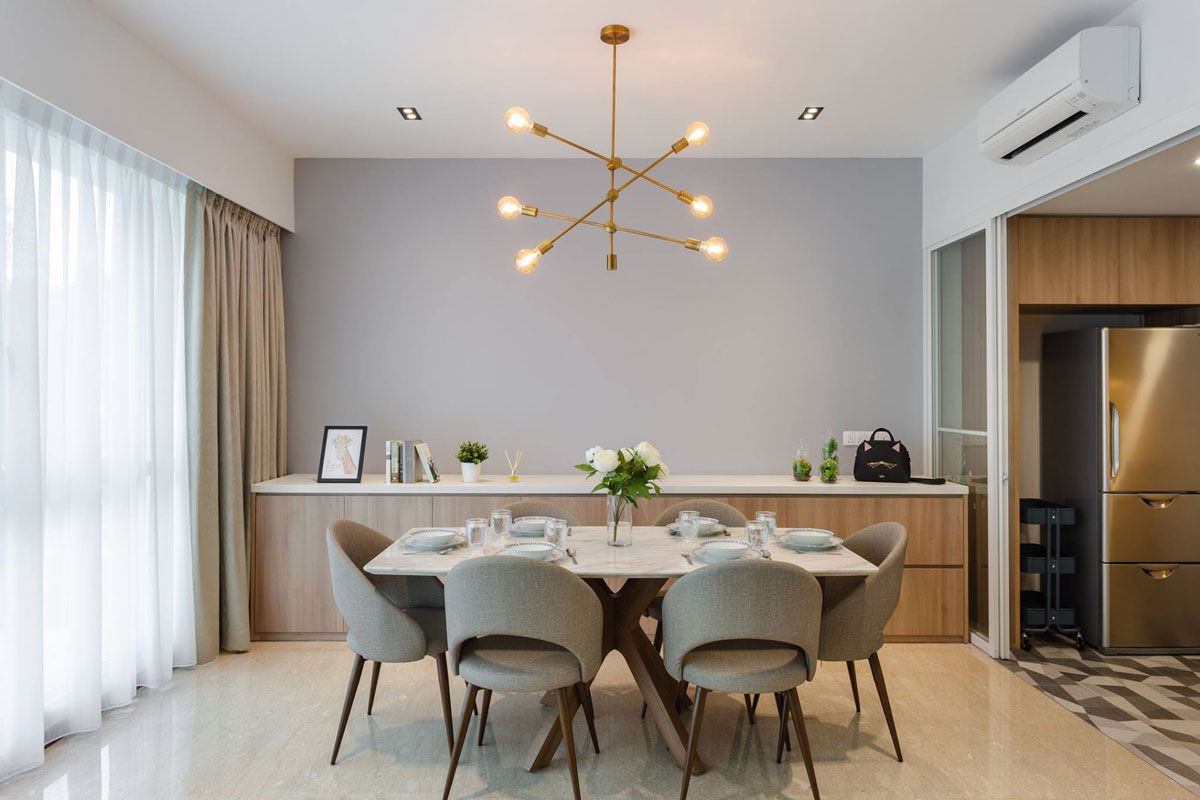
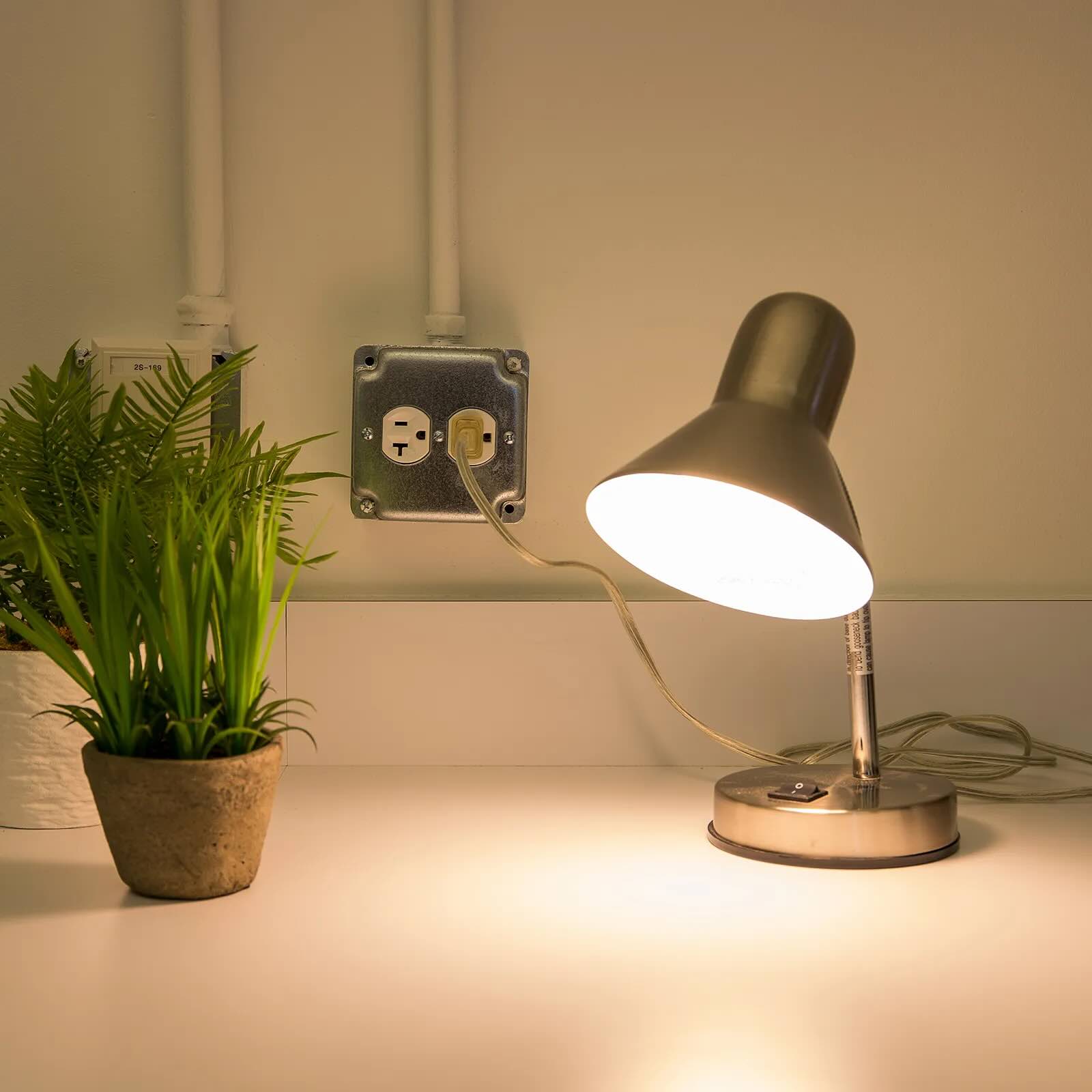
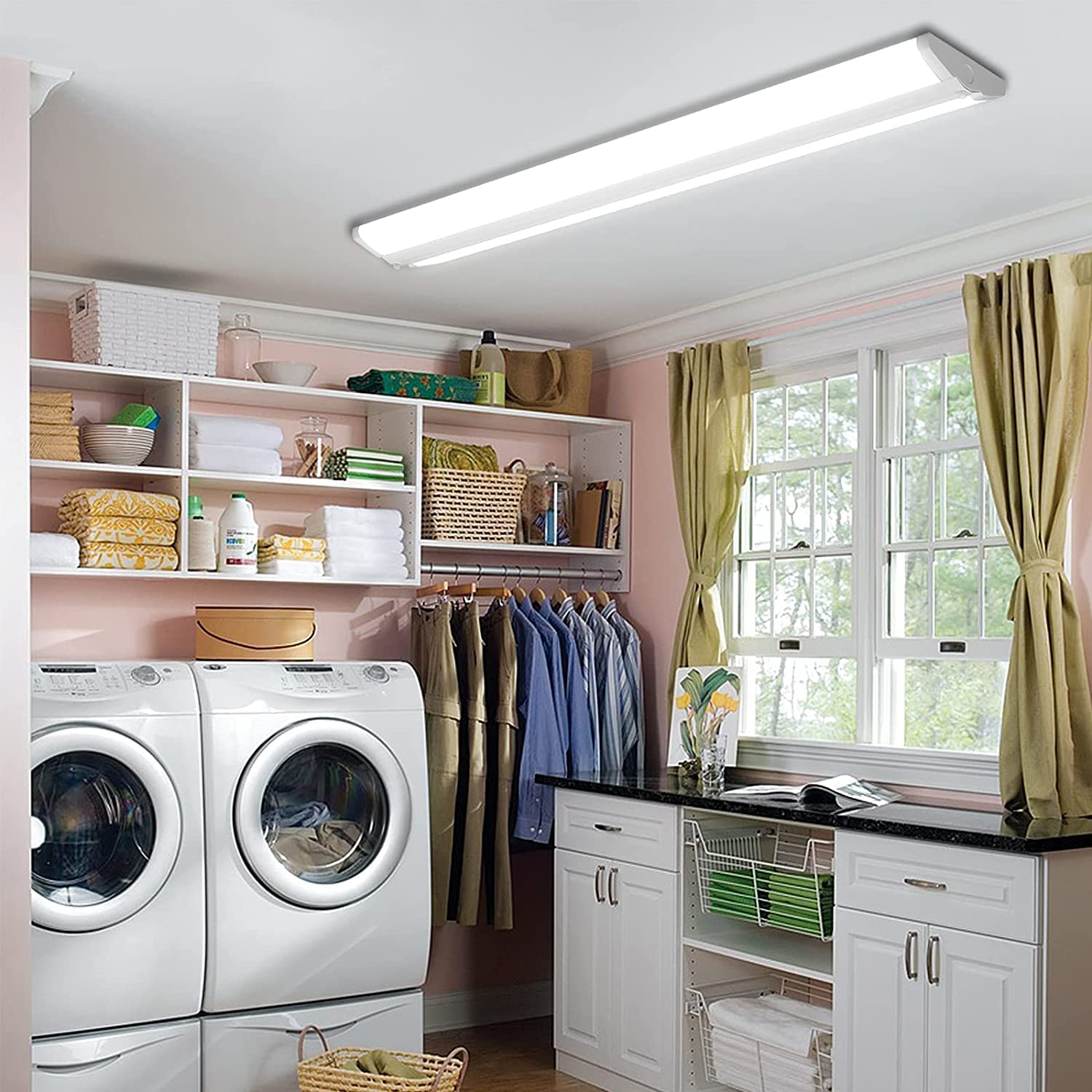
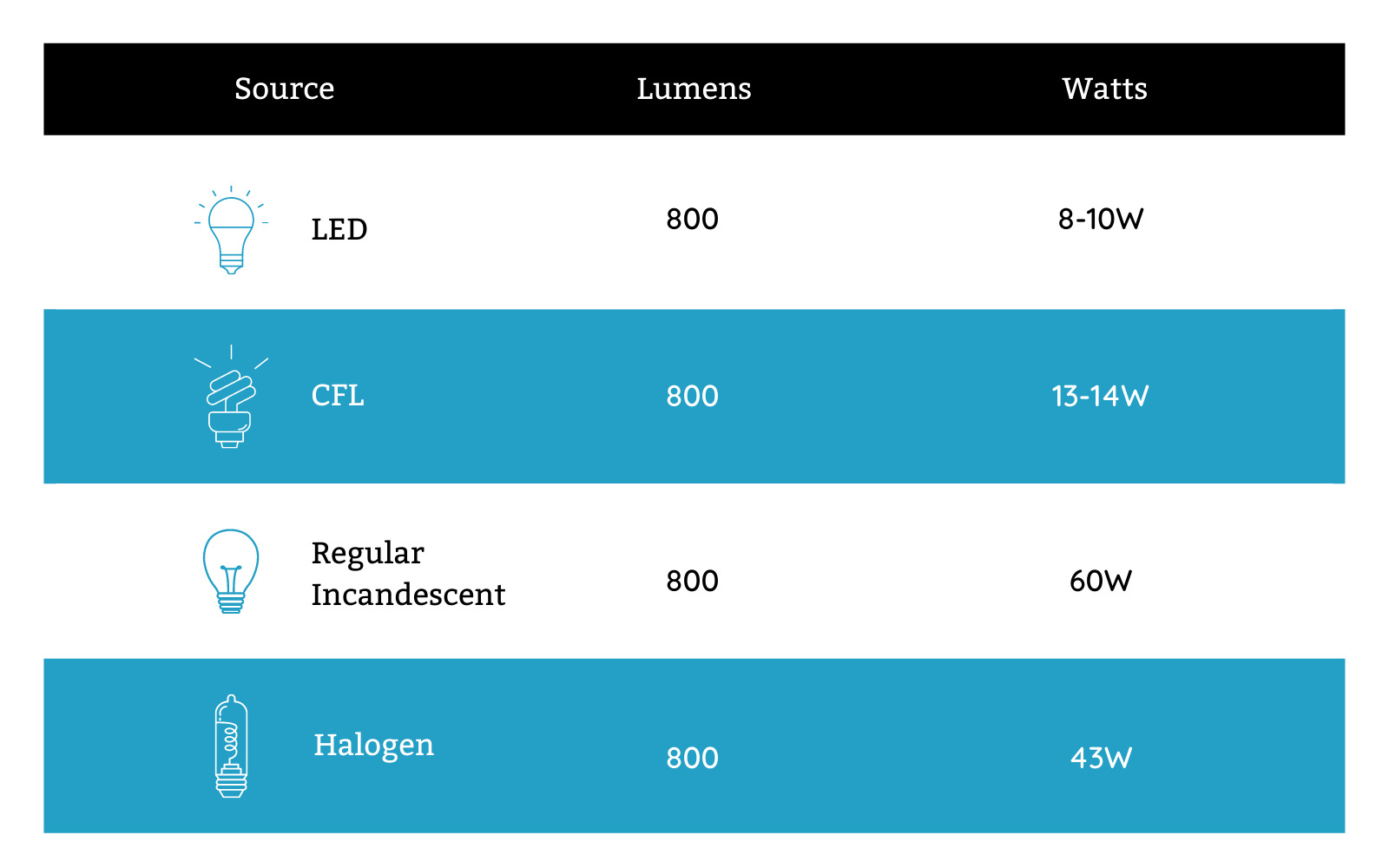
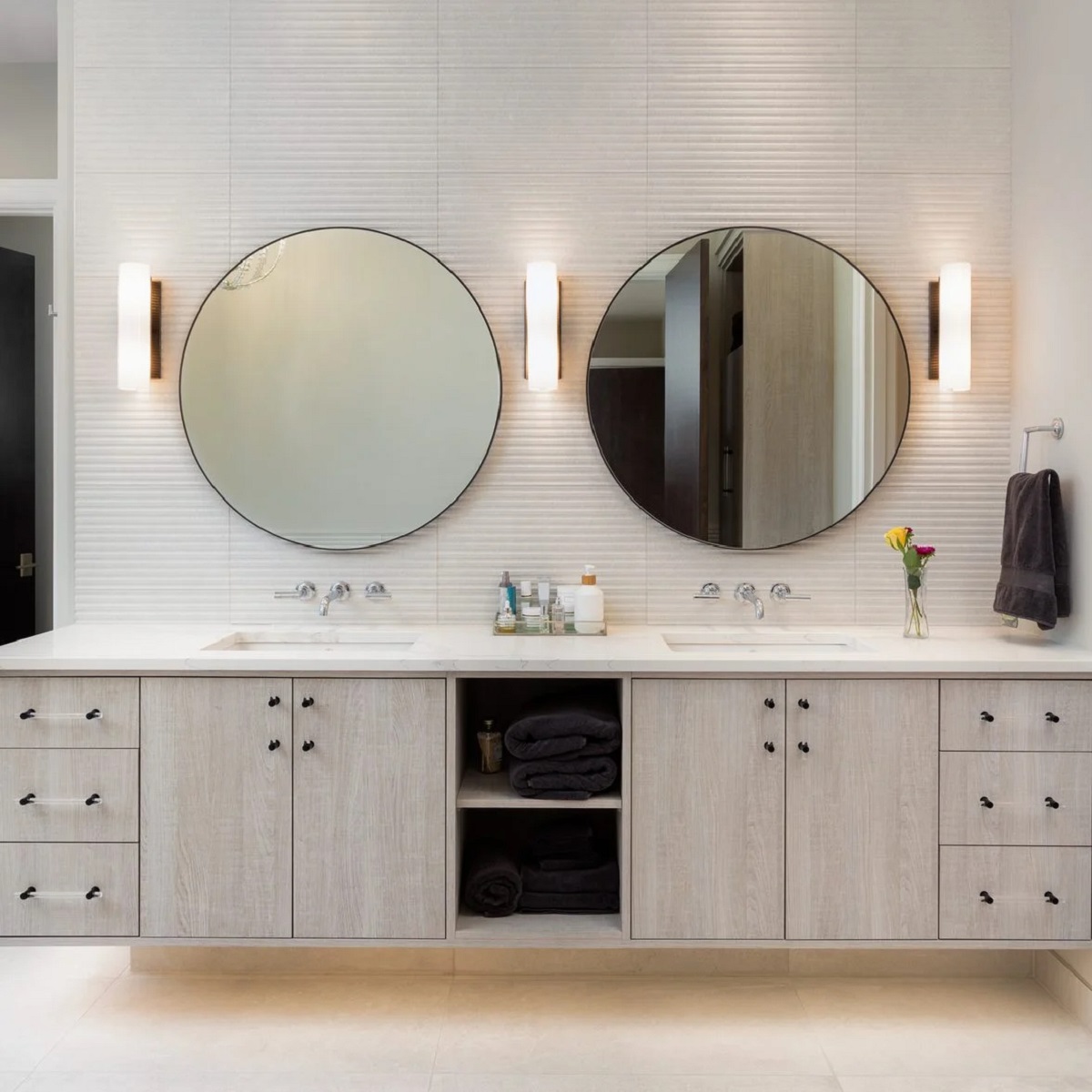
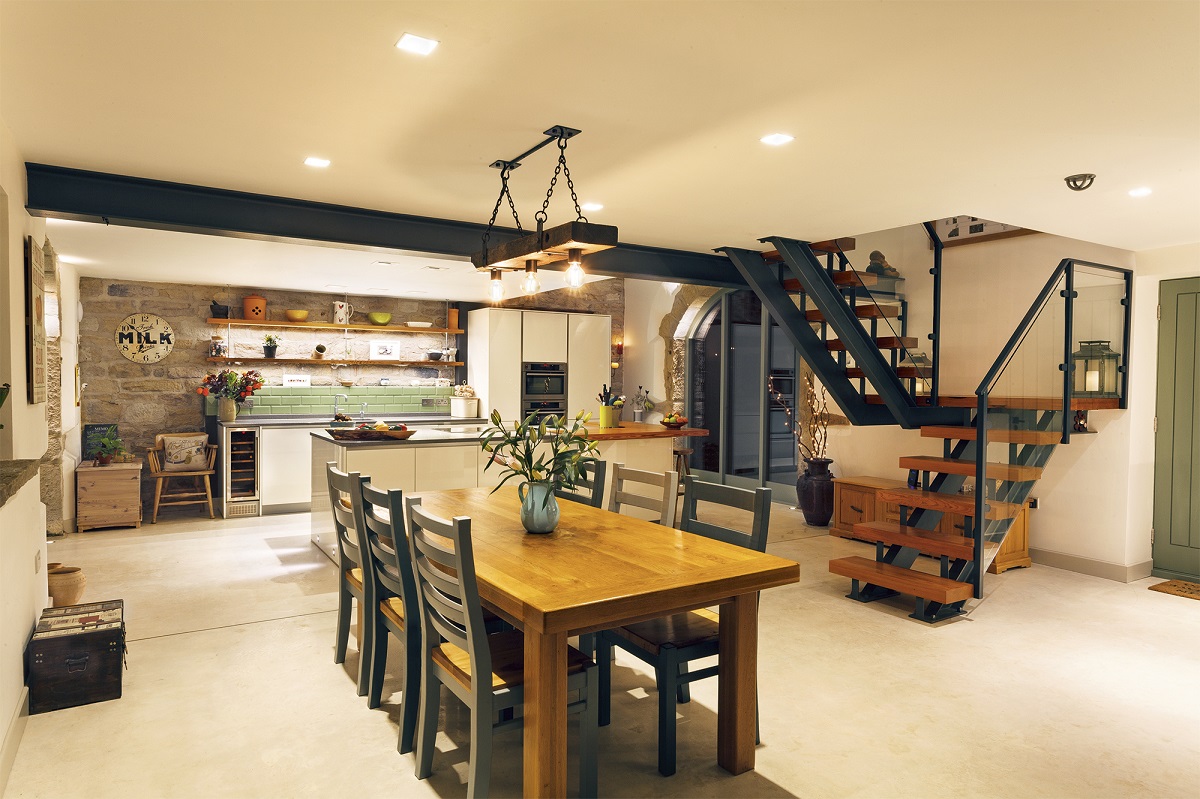
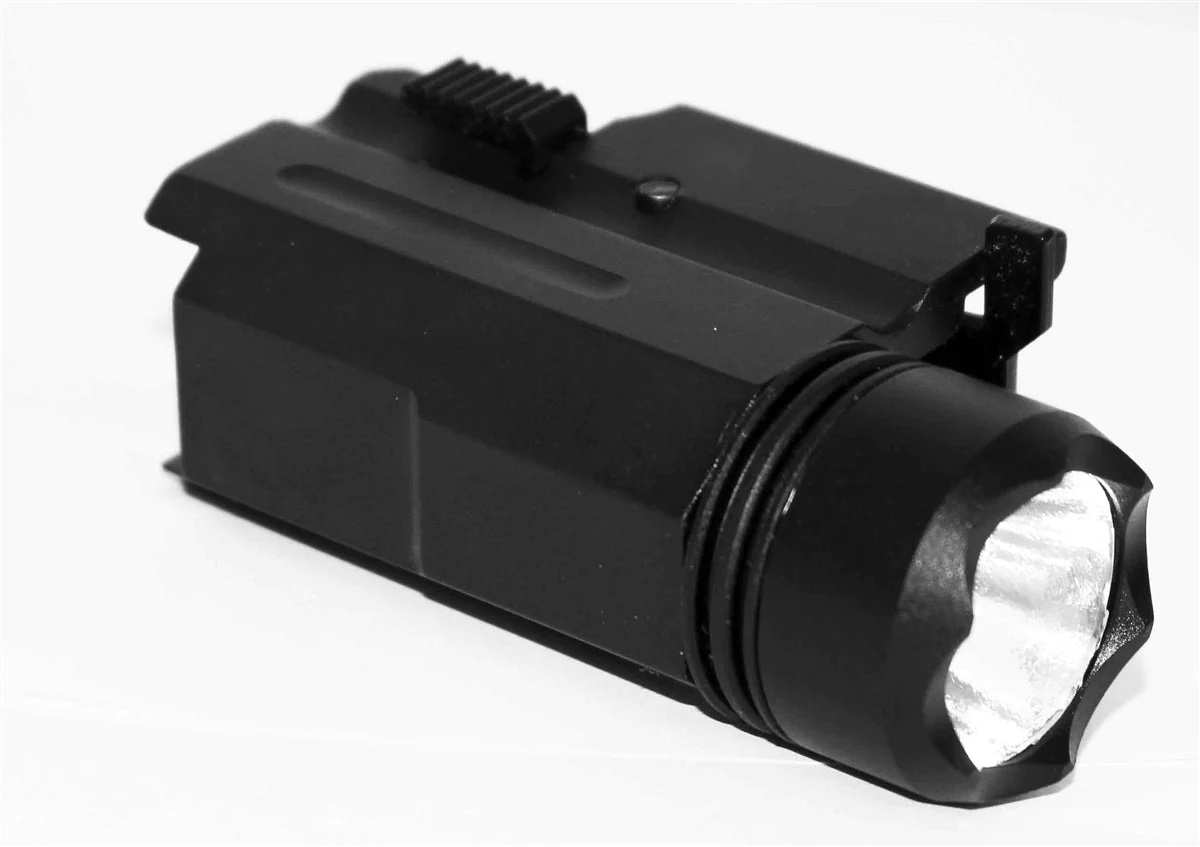
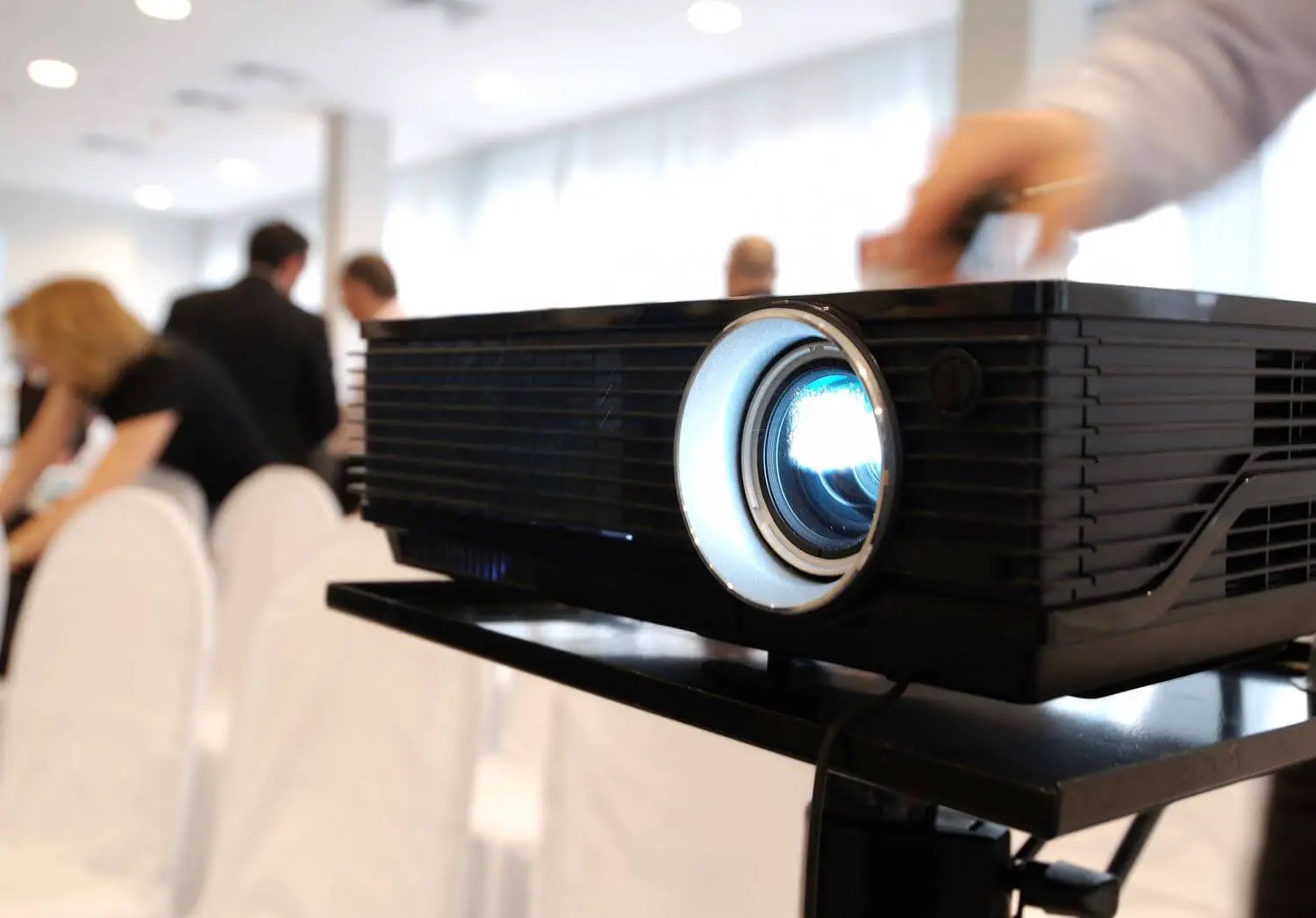


0 thoughts on “How Many Lumens For A Good Projector”